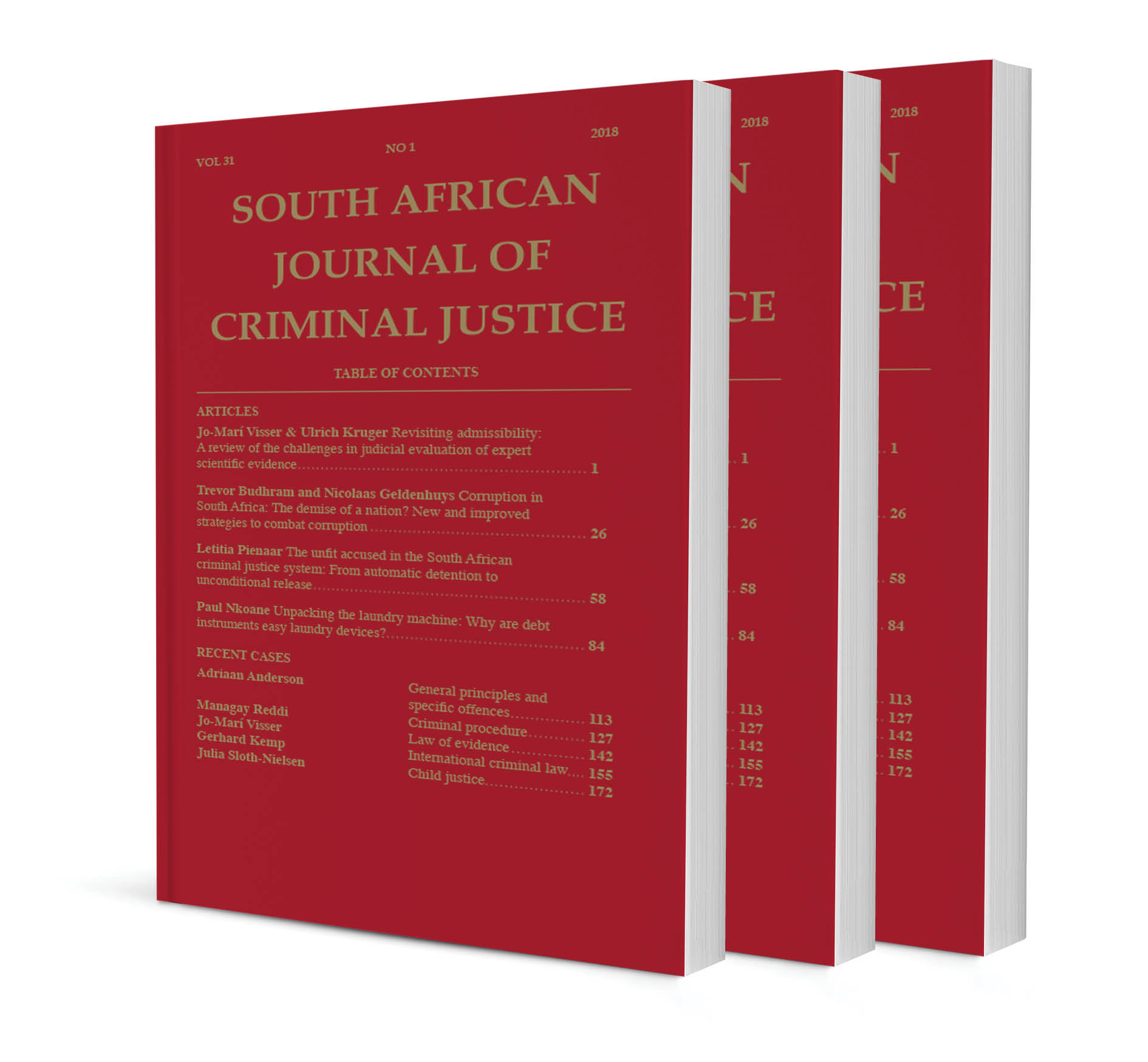
From discretionary to structured sentencing in Uganda
Author J Kamuzze
ISSN: 1996-2118
Affiliations: PhD (Strathclyde) LLM (Nottingham) LLB Hons (Makerere). Lawyer at Fides Legal Advocates, Kampala; former lecturer at the School of Law Makerere University.
Source: South African Journal of Criminal Justice, Volume 33 Issue 1, p. 126 – 147
Abstract
In August 2010, the then Chief Justice, Benjamin Odoki, acknowledged the existence of unwarranted disparities across Ugandan sentencing.1 Justice Odoki then proceeded to appoint a Taskforce to develop sentencing guidelines for magistrates and judges in Uganda. In 2013, the Taskforce issued Uganda’s first Constitution (Sentencing Guidelines for Courts of Judicature) (Practice) Directions 2013 (hereafter the Uganda Sentencing Guidelines). This essay provides an insight into the major historical events that shaped sentencing guideline reform in Uganda and attempts to show a link between the distribution of sentencing authority in Uganda and how this shaped the nature, form and enforcement of Uganda’s Sentencing Guidelines. The essay also provides a brief overview of the sentencing framework in Uganda. The essay analyses the nature, form and enforcement of the Ugandan Guidelines with a view to drawing some lessons for other African jurisdictions.